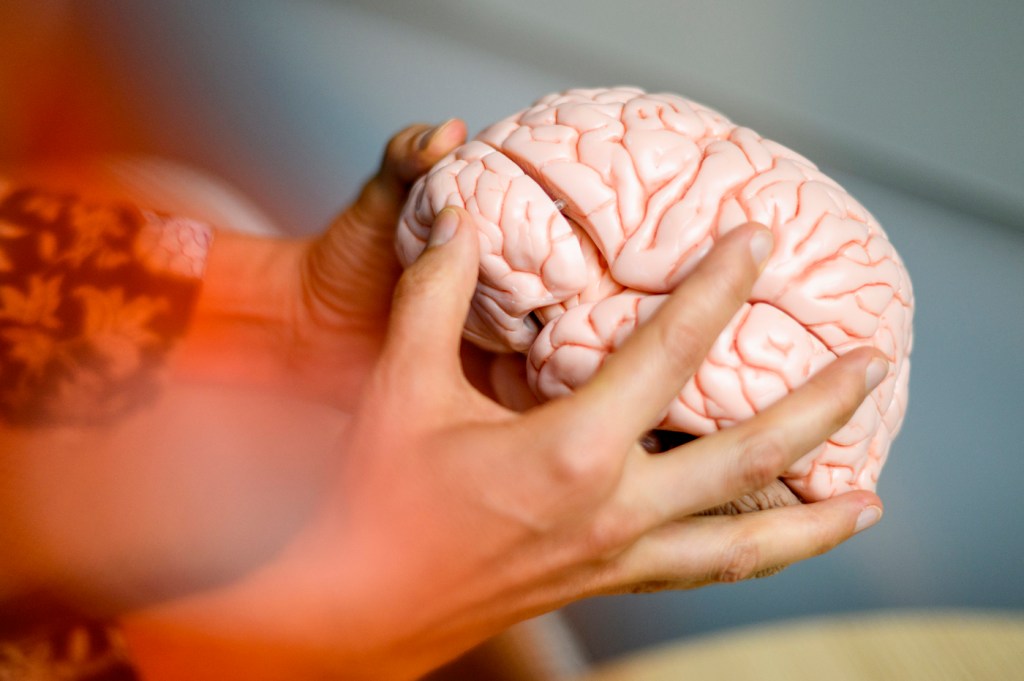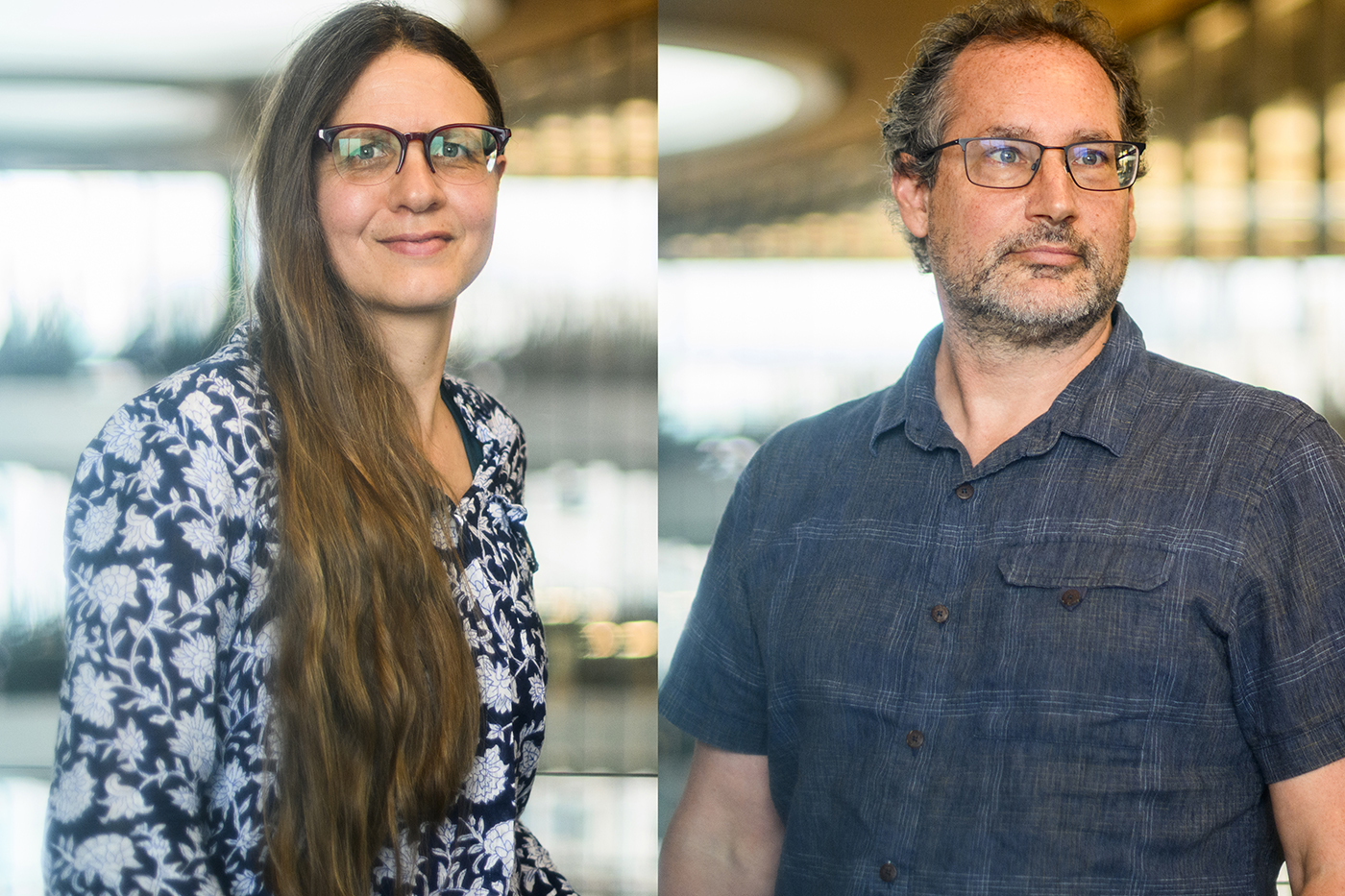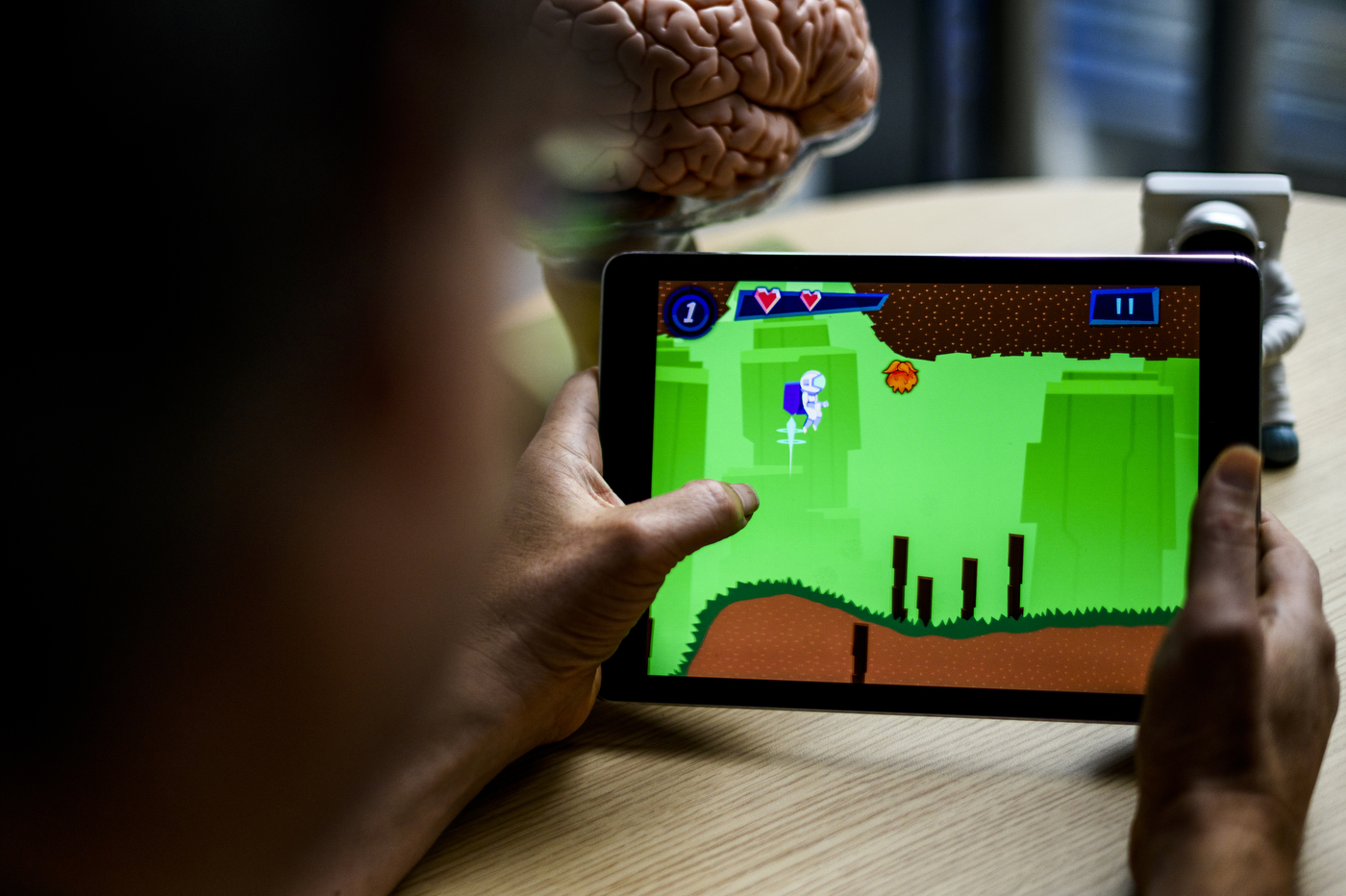Do ‘brain training’ apps work? Northeastern scientists will test unique interventions for adolescents with ADHD

Search for a “brain training” application on your smartphone or computer and you will get dozens of suggestions. They all claim to improve memory, attention, problem-solving or other cognitive skills via playing games.
Do these apps work? It depends, say Susanne Jaeggi and Aaron Seitz, professors of psychology at Northeastern University, who have been working together for almost 10 years on ways to assess and improve people’s memory and attention functions with games.
There is a fundamental gap, Jaeggi and Seitz say, in research of cognitive training that allegedly can help maintain or improve cognitive skills such as auditory processing, visual processing, working memory, sustained attention, decision-making and executive functions.
The scientific community widely agrees, Jaeggi says, that when a person plays “brain training” games, they will foster specific skills and get better at playing the game.
“Where the controversy actually happens is the extent to which then these improvements translate to other domains in your daily life,” she says. “No one has really tested these [apps] systematically against each other in a way that would really answer this question, ‘What are the ingredients that are really making things beneficial or not?’”

Jaeggi, Seitz and their collaborators Anja Pahor from University of Maribor, Slovenia, and Domenico Tullo, a postdoctoral associate at Northeastern, are planning to address this issue with their new research study. They have received a $3.77 million grant from the National Institute of Health to focus on how gamified and non-gamified interventions affect adolescents with attention-deficit/hyperactivity disorder compared to adolescents without it.
“In this project, we plan to explore ingredients that give rise to personalized training methods to meet the unique needs of individuals, especially catering to those with different learning preferences,” Tullo says. “This initiative is timely and essential, especially as we see a rising number of attention-related challenges among youth.”
Building upon knowledge, computer infrastructure and software that was developed in their previous studies, the scientists will create games designed to train working memory (the small amount of information that an individual can hold in mind and use in the execution of mental logical tasks) and attention for adolescents both with and without ADHD. These games will create different training conditions and utilize various approaches, including those used in commercial apps and previous studies. Then the scientists will be able to analyze and compare all collected data.
Adolescents with ADHD are one of the common targets of cognitive training, Jaeggi says, including the first FDA-authorized prescription videogame, EndeavorRx. However, this training can be quite expensive, costing thousands of dollars a year in some cases. Some families or individuals just can’t afford them, Seitz says, or could have put that money to a better use.
There is also an issue, Seitz says, of more and more families trying to go for approaches that do not involve drugs. Medications are effective in 70% of cases, but many patients with ADHD stop taking them because of the side effects. From the age of 12 to 17, 62% of children diagnosed with ADHD take medication, while only 20% to 40% of diagnosed adults stick to their regimen regularly after 12 months of treatment.
“Even if you are taking medications, those medications are only going to be addressing some components of the need,” Seitz says. “Working memory training or executive function training more generally can be appropriate to train components of disorder that are not going to be addressed by medications.”
Jaeggi hopes that cognitive training also might help young people do better in the classroom and in their everyday life in dealing with distracting information and completing tasks that are hard or boring.
The first goal of the study is to compare different training conditions and commonly used approaches in gamified cognitive training studies and training apps to basic non-gamified training on a common set of outcomes.
The second goal is to determine how training ingredients differentially impact youth with ADHD and those without it.
The study will include about 1,000 young people of various genders, races and financial backgrounds from across the country ranging in age from 12 to 17 years old. Each participant will receive a tablet that will be preconfigured with all the necessary software, including a video-conferencing app to be able to talk with the researchers.

Individuals with ADHD can be very different from each other, depending on the type of ADHD, or the ways the condition presents itself in a person. Seitz and Jaeggi believe that this might help them analyze how individual differences affect learning and training outcomes, which existing studies are ambiguous about.
“A core component of this [study] is also trying to look at this personalization and not just assume that just because on average our sample changes that way, that that means everybody should do the same thing,” Seitz says.
They will systematically test and try each of the different training ingredients and their combination with each other, Jaeggi says, to figure out what works best for a specific person.
All the tools that the researchers will develop in this study will be shared with the scientific community to promote data sharing and more research using similar systems.
Initially, 10 years ago, Seitz, who specialized in computational neuroscience and perceptual learning (humans ability to learn from experiencing what we see, hear, feel, taste or smell) was interested in creating the world’s most fun working memory training game and improving some of the research standards in the field.
When he met Jaeggi, a widely quoted expert in working memory, they focused on how the more modern approaches used in perceptual learning could be applied to other cognitive systems.
While working together at University of California, they have built a large research infrastructure that allows them to be able to do a wide range of assessment and training interventions that run cross-platform.
“We do almost all the software development in house,” Seitz says. “People can download these things on their own phones and tablets and do training in their own home. The data is all sent to a HIPAA-compliant server.”
This way, he says, the research is moved out of the lab into the world that people exist in.
Up to now, Jaeggi and Seitz studied the population at large, including college students and older adults. One of their ongoing studies has an ambitious target to test 30,000 people. Anyone can sign up online and go through the training for free on a smartphone or a tablet, for example.
“The valuable insights obtained from this comprehensive study will help us craft a tailored training protocol designed specifically for individuals with ADHD and, subsequently, assess its effectiveness,” says Pahor, who has been collaborating with Jaeggi and Seitz for several years.
This work is very important, Jaeggi says, because there are many other circumstances in which working memory and executive function can be critically affected such as aging, a major depression, anxiety or a traumatic brain injury.
Working memory and executive function can be also critically affected in case of aging, a major depression, anxiety or a traumatic brain injury.
“Having tools to mitigate some of these effects is really important,” Jaeggi says.
Alëna Kuzub is a Northeastern Global News reporter. Email her at a.kuzub@northeastern.edu. Follow her on X/Twitter @AlenaKuzub.
